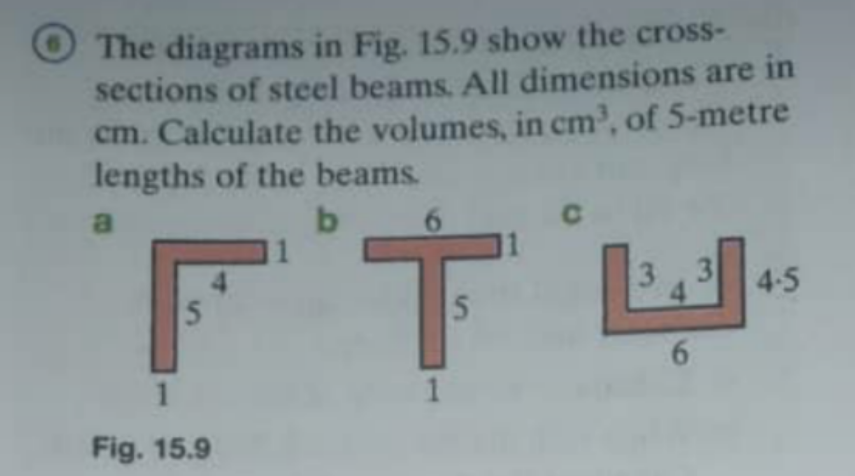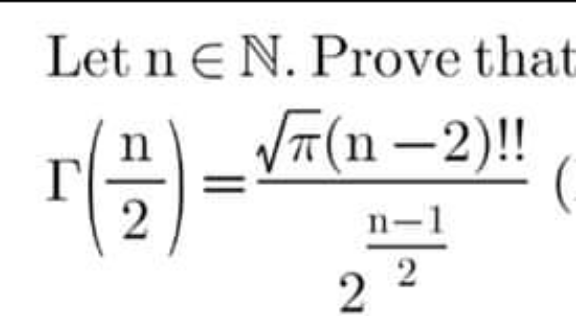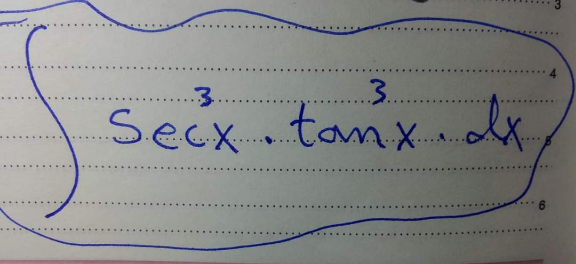
AllQuestion and Answers: Page 1104
Question Number 107687 Answers: 0 Comments: 0

Question Number 107684 Answers: 1 Comments: 0
Question Number 107679 Answers: 0 Comments: 0
Question Number 107674 Answers: 2 Comments: 0
$${f}\left({x}\right)=\sqrt{{x}}\sqrt{{x}}\:\:\:\:\:\:\:{D}_{{f}} =??? \\ $$
Question Number 107673 Answers: 3 Comments: 0

Question Number 107672 Answers: 1 Comments: 2
Question Number 107659 Answers: 1 Comments: 0
Question Number 107658 Answers: 1 Comments: 0
Question Number 107656 Answers: 3 Comments: 0

Question Number 107650 Answers: 0 Comments: 0

Question Number 107647 Answers: 1 Comments: 0
Question Number 107654 Answers: 0 Comments: 0

Question Number 107639 Answers: 1 Comments: 0

Question Number 107638 Answers: 0 Comments: 0

Question Number 107634 Answers: 1 Comments: 0

Question Number 107628 Answers: 0 Comments: 0

Question Number 107624 Answers: 0 Comments: 0
Question Number 107621 Answers: 0 Comments: 1

Question Number 107618 Answers: 1 Comments: 0

Question Number 107617 Answers: 1 Comments: 0

Question Number 107609 Answers: 2 Comments: 0

Question Number 107598 Answers: 0 Comments: 3
Question Number 107596 Answers: 2 Comments: 0
Question Number 107594 Answers: 2 Comments: 0
Question Number 107591 Answers: 2 Comments: 2

Question Number 107589 Answers: 2 Comments: 0

Pg 1099 Pg 1100 Pg 1101 Pg 1102 Pg 1103 Pg 1104 Pg 1105 Pg 1106 Pg 1107 Pg 1108
